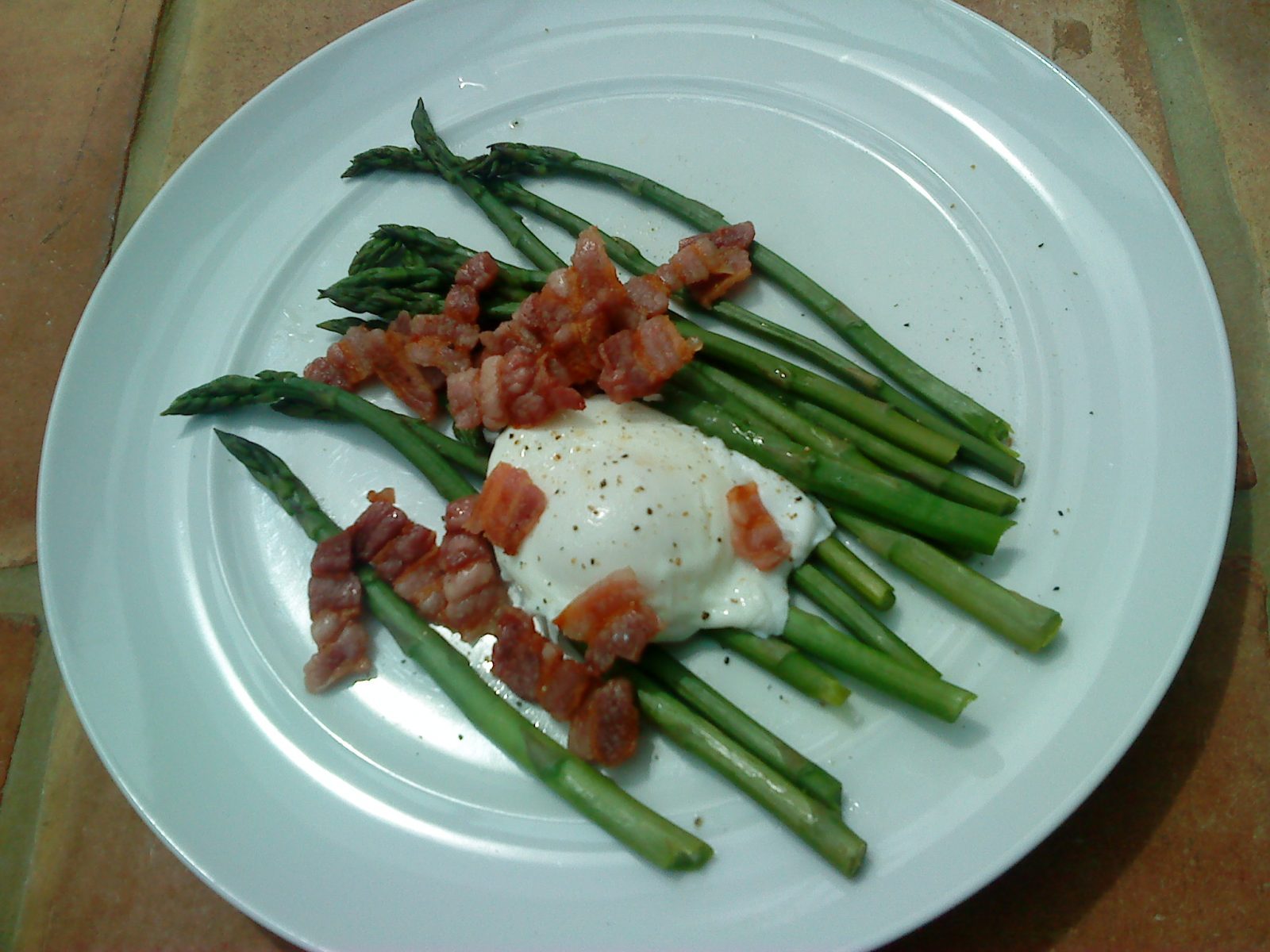
One of the simplest and most delicious ways of serving Cornish asparagus.
Steamed asparagus, fried or grilled dry-cured bacon, poached free-range egg and a sprinkling of freshly-ground black pepper.
Maybe some steamed Cornish new potatoes.
That’s all.
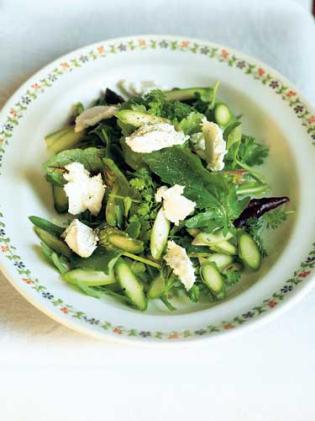
This unusual recipe using raw asparagus is from Mark Hix. It’s recommended by Camel CSA picking and packing volunteer Henrietta Danvers. Use freshly-picked Cornish asparagus of course.
Mark writes a weekly food column in The Independent. He says: “Raw asparagus might seem a little odd, but it’s actually delicious, and offers a vastly different eating experience to the cooked variety.”
Serves 4
Preparation: 10 minutes
Resting time: 10 minutes
Cooking: zero
Ingredients
A couple of handfuls of small salad leaves
12 or so stems of thick asparagus, woody stalks trimmed
120-150g soft goat’s cheese
salt and freshly ground black pepper
For the dressing:
juice of 1 lemon
3-4tbsp extra-virgin rapeseed oil
Method
With a sharp mandolin or with a very sharp knife, slice the asparagus as thinly as possible on the angle and place in a bowl. Mix all of the ingredients for the dressing, season well and mix with the asparagus and leave for 10 minutes. Toss the asparagus with the leaves and arrange on plates. Crumble the goat’s cheese over the salad and serve immediately.
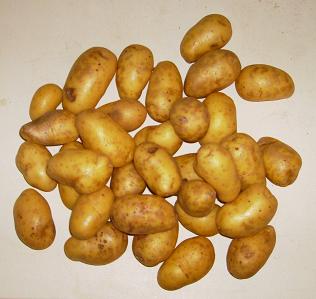
This is a simple way of cooking new potatoes that’s very different from the usual buttered, boiled or steamed. It comes from Henrietta Danvers, who’s one of Camel CSA’s volunteer picking and packing team members.
Serves 6
Preparation: 10 minutes
Cooking: 45 minutes
Ingredients
750g baby new potatoes, skin on
4 tbsp olive oil
salt and freshly ground black pepper
2 garlic cloves, crushed
1 lemon, zest and juice
Method
Preheat the oven to 220C (200C fan) or gas mark 7. Wash the potatoes, keeping the skin on. Put them in a roasting pan. Drizzle half the oil over the potatoes and season. Roast for 45 minutes and remove when soft. Mix the garlic, remaining oil and lemon zest and juice. Spoon through the hot potatoes and serve.
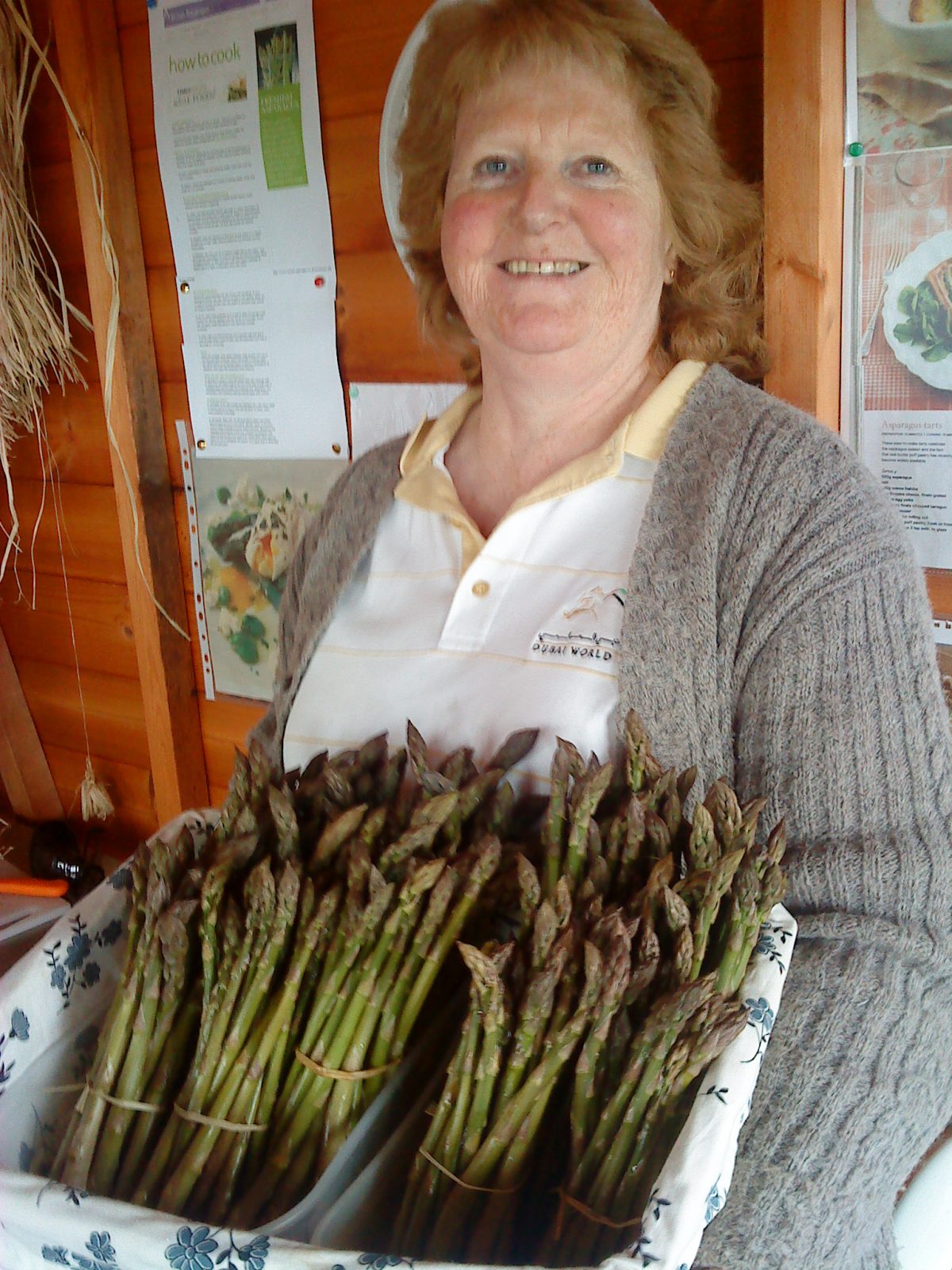
The Cornish asparagus in our veg boxes comes from Gill and Roger Derryman at Lower Croan, Sladesbridge near Wadebridge.
It’s a busy life on their mixed farm beef and cereal farm. The Derrymans produce prime organic beef from their suckler cows. Most of the cereals grown are fed back to the cattle. They have five acres of asparagus they sell at the farm gate and to local retailers over six to eight weeks in May and early June.
It’s a very time-consuming and labour-intensive crop. At this time of year Roger is out cutting the asparagus spears daily from 7am so Gill (pictured) can start selling them from 10am onwards.
As everything is so late this year, we can look forward to having this very seasonal vegetable in our boxes until about mid-June.
Gill has lots of recipe ideas for asparagus, but this is her favourite as it’s so easy. It makes a light lunch dish with new potatoes, or a simple starter.
Serves 4
Preparation: 5-10 minutes
Cooking: 10 minutes
250g Cornish asparagus (around 8 spears)
150g dry-cured back bacon
1 tbsp butter or olive oil
50g thinly-shaved parmesan cheese
freshly-ground black pepper
Method
Gill says:
Fry the chopped bacon in the butter or oil until crisp. Meanwhile, snap off the ends of the asparagus stems and steam the spears upright for no longer than five minutes. Place them on a warmed dish, top with the crispy bacon and sprinkle with parmesan shavings. Serve with Cornish new potatoes.
How to cook British asparagus – the basics
Other asparagus recipe ideas: –
Sensational recipes for British asparagus
Blanched asparagus with almonds, shallots and lemon
Roasted asparagus salad with honey toasted goat’s cheese
Don’t be put off by the long list of ingredients for this recipe from Hugh Fearnley-Whittingstall in The Guardian. He says: “This makes for a light, easy and tasty dinner with some rice and naan or chutney.”
This dish has a delicious nutty flavour and none of the pungency associated with this much-maligned vegetable. At home in St Mabyn I served it with grilled, spiced chicken and extra yogurt.
Serves 4
Preparation: 5-10 minutes
Cooking: 20 minutes
2 tbsp groundnut oil
2 small onions, peeled, halved and finely sliced
3 cloves garlic
1 green chilli, seeds and membrane removed, chopped
3cm piece fresh ginger, peeled and chopped
Salt and freshly ground pepper
1 tsp garam masala
½ tsp mustard seeds
½ tsp ground cumin
¼ tsp turmeric
3 cardamom pods, bashed
350g small potatoes, quartered
1 cauliflower, trimmed and broken into large florets
250g whole milk yoghurt
1½ tbsp tomato purée
1 small handful fresh coriander, tough stalks removed
1 small handful cashews or pistachios, toasted
Heat the oil in a large saucepan over a medium heat, then fry the onion until just golden. While the onion is cooking, pound the garlic, chilli and ginger with a pinch of salt until they form a paste. Add this to the pan and stir for a couple of minutes.
Tip in the rest of the spices and stir until the mustard seeds begin to pop. Add the potatoes and cauliflower, and fry, stirring frequently, for five minutes, so that the veg are well coated with the spice mixture. Pour in about 400ml water, bring to a simmer, cover and cook for 10-12 minutes, until the vegetables are tender.
In a bowl, whisk together the yoghurt, tomato purée and some of the hot cooking liquid. Remove the curry from the heat, stir in the yoghurt mixture, return the pan to the heat and warm through very gently. Stir in most of the coriander, adjust the seasoning and serve scattered with the remaining coriander and the toasted nuts.
Try these other cauliflower recipes: –
A fried cauliflower
Cauliflower with saffron, pinenuts and raisins
Cauliflower and three cheese comfort supper
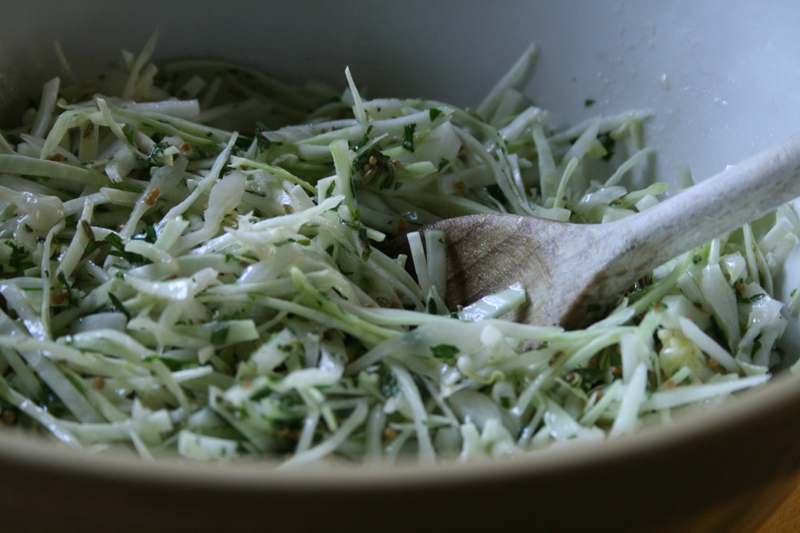
Largely from Sarah Raven’s Garden Cookbook but with a few tweaks from Camel CSA member Henrietta Danvers. It’s great with cold meats, smoked fish, cheeses, almost anything. You need to make it at least the day before you need it so that the flavours of the spices really come through. It will keep in a screw-topped jar in the fridge for two to three weeks.
Serves 6-8
Preparation: 15 minutes plus at least 24 hours in fridge
Ingredients
½ white cabbage
100ml cider vinegar
100g soft brown sugar
large bunch of dill/parsley/mint/coriander
3 tbsp sunflower oil
1 garlic clove, chopped
2 tsp dill or fennel or caraway seeds
2 tsp mustard seeds
salt and black pepper
Method
Cut the cabbage into quarters and remove the hard core, then slice very thinly. Don’t use the stem.
Heat the vinegar in a small pan over a low heat and then stir in the sugar until it has dissolved. Leave to cool.
Finely chop the herbs. Mix the oil, garlic, seeds, salt and pepper. Add both herbs and oil mix to the sweet vinegar. Dress the cabbage with this marinade. Put in a jar or container and leave for at least 24 hours in the fridge.
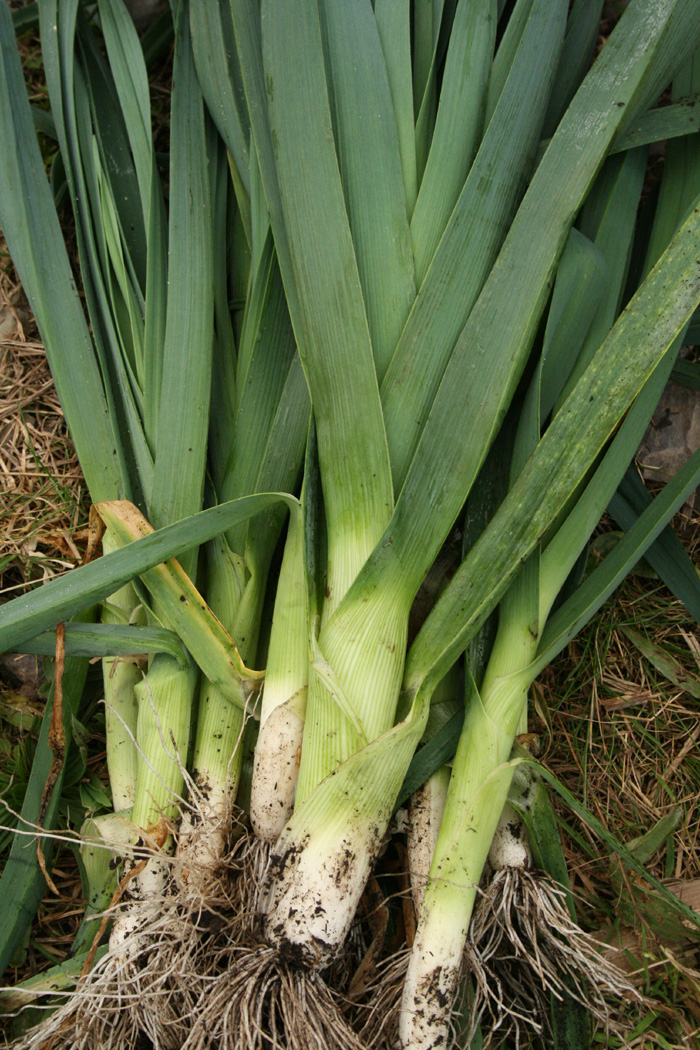
This recipe from Nigel Slater’s Tender makes a beautifully creamy risotto. And it’s dead easy too – no celery or onion to chop, just the leeks to slice. A good farewell to one of our winter stalwarts which won’t be around much longer.
Enough for 2
Preparation: 10 minutes
Cooking: about half an hour
Ingredients
2 medium leeks
about 50g butter, plus a walnut-sized lump to finish
300g arborio rice
a glass of Noilly Prat (or white wine)
1 litre chicken or vegetable stock
6 thin rashers of pancetta (or streaky bacon)
3 tbsp grated parmesan plus more to finish
Method
Wash the leeks thoroughly, splitting them down their length and rinsing under a cold running tap, then slice them finely. Melt the butter in a wide, high-sided pan over a low heat and add the leeks. Let them soften without colouring, stirring from time to time. [A lid can help prevent burning or a piece of greaseproof paper on top – just don’t let them brown.]
Stir in the rice, then pour in the Noilly Prat or wine. Let the mixture boil until the alcohol has evaporated, then tip in the first ladleful of hot stock. Continue stirring, adding stock as and when the rice has absorbed almost all of the previous ladleful, till the rice is plump, tender and yet has a little bite left in it – a process that will take about 20 minutes. Meanwhile, grill the pancetta or bacon, or cook in a non-stick frying pan, until truly crisp. Cut into pieces the size of a large postage stamp, leaving a couple of rashers whole. Fold the cut pieces into the risotto.
Stir in the walnut-sized lump of butter, adding the 3 tbsp of parmesan as you go. Divide between warm dishes and finish with a piece of pancetta/bacon and more grated parmesan.
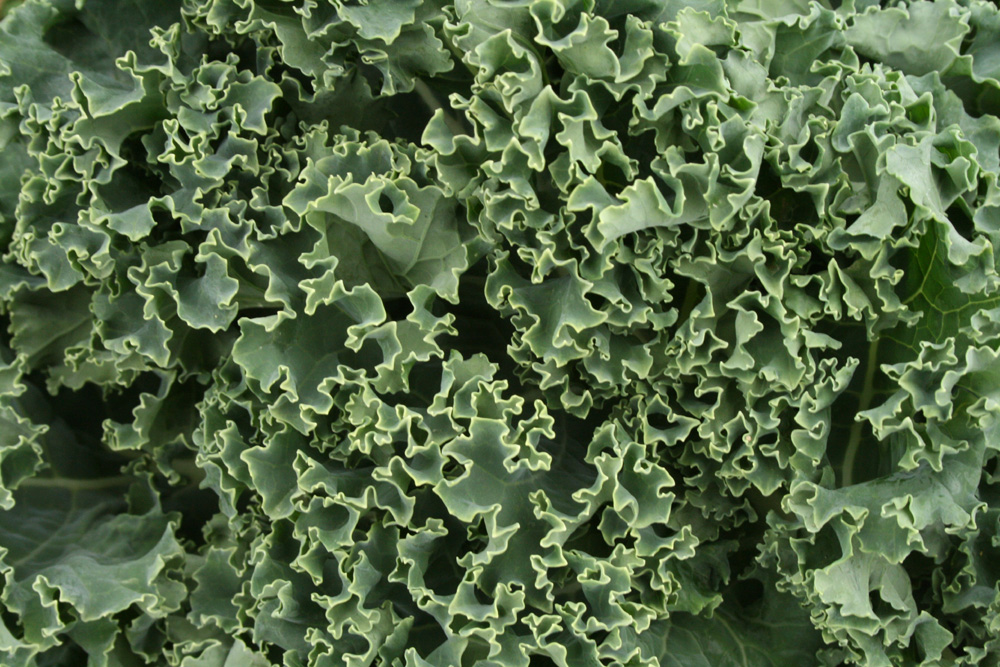
A recipe from Nigella Lawson’s How to Eat. She claims it’s one of her ‘regular fast hot lunches’. Quantities are for one, so double, treble or quadruple etc as necessary.
Serves 1
Preparation 15 minutes
Cooking 15 minutes
Ingredients
175g kale
approx. 100g chorizo (the fresh or semi-dried sausages – rather than the salami type – half of one of the horseshoe-shaped linked sausage loops is about right)
1 egg
1 tbsp ordinary oil
Method
Remove the curly leaves of kale from the stems and tear the leaves into smallish pieces. Cut the chorizo into slices about 5mm to 1cm thick and then cut them into quarters. Bring a pan of water to the boil and add salt. Put the kale in the boiling water and cook till tenderish (about 5-7 minutes).
Put 1 tbsp oil into a heavy-bottomed, deepish frying pan and cook the chorizo pieces for a few minutes, stirring and pressing with a wooden sppon – 3 or so minutes should be fine. While this is happening, as well as keeping an eye on the kale, put a pan of water on to poach the egg. Drain the kale well when cooked and then stir into the chorizo. Put the egg in to poach and when it’s ready, turn the orange-spliced kale on to a plate and put the poached egg on top.
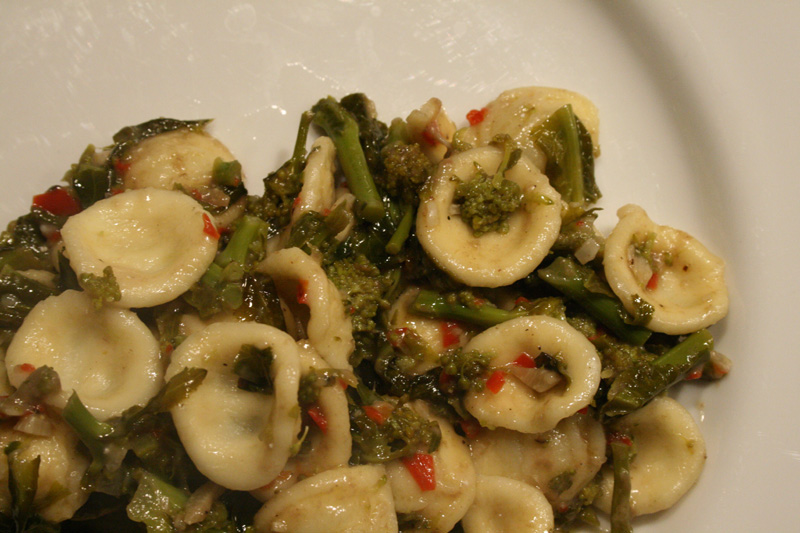
A simple seasonal dish that’s quick to make and very tasty.
Serves 4
Preparation time: less than 30 minutes
Cooking time: 10 to 30 minutes
Ingredients
500g sprouting broccoli
1 medium sized fresh red chilli
2 cloves garlic, peeled
1 small tin of anchovy fillets in olive oil, drained (approx 10-12 fillets)
6 tbsp olive oil
350g pasta (fusilli, orecchiette, penne rigate or conchiglie are the best shapes)
4 tbsp grated parmesan
salt and pepper
Method
Put a large pan of water on to boil with a little salt. Trim any woody stalks from the broccoli, wash and chop into 1cm sections. Cut the chilli in half lengthways and remove the seeds and pith. Chop the chilli flesh, garlic and the anchovies finely.
Drop the pasta into the boiling water and stir immediately. Cook until just tender.
In another pan warm 4 tbsp of the olive oil over a medium flame and add the chilli, garlic and anchovies. Sweat these for a minute or so and then add the broccoli, season with a little salt and pepper and continue to cook gently while the pasta cooks.When the pasta’s been cooking for about 5 minutes, transfer a small ladle of its water to the broccoli mix. When the pasta is ready, add the remaining 2 tbsp oil and the cheese to this mixture and stir over a high heat for a couple of minutes. Toss with the drained pasta and serve immediately.
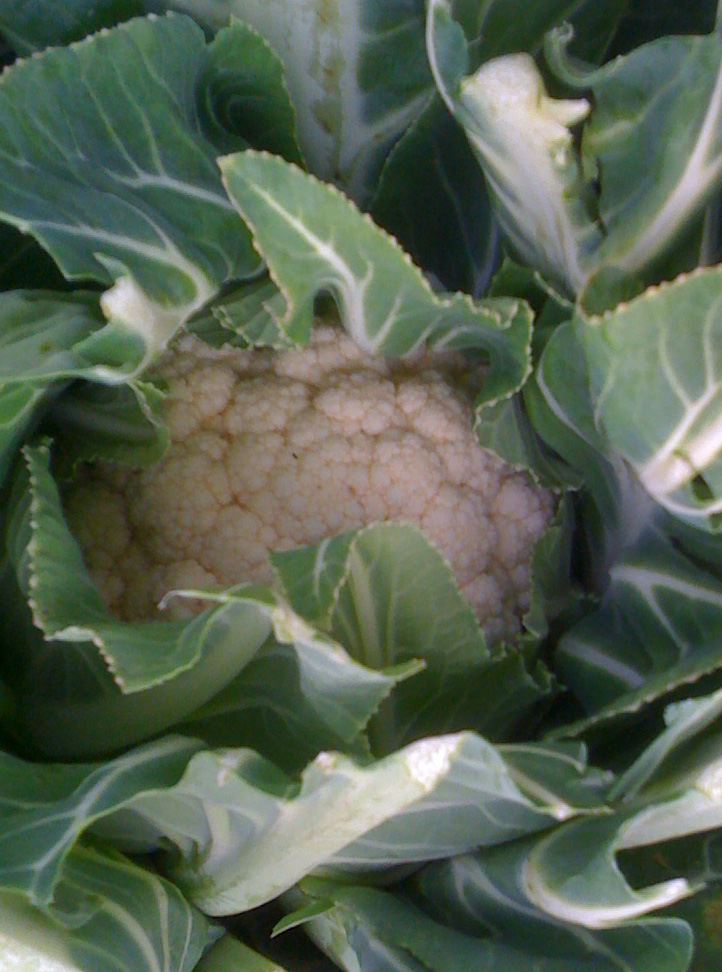
Henrietta recommends this recipe from Sam and Sam Clark’s Moro cookbook. They say that the white cauliflower shows off the saffron’s colour beautifully and turns this “parochial vegetable into quite a glamorous one”.
Serves 4
Preparation: 10 minutes
Cooking: 30 minutes
Ingredients
1 medium cauliflower, broken into small florets (keep the smallest leaves)
3 tbsp olive oil
1 large Spanish onion, thinly sliced
50 strands saffron, infused in 4 tbsp boiling water
3 tbsp pinenuts, lightly toasted
75g raisins, soaked in warm water
sea salt and black pepper
Method
Bring a large saucepan of salted water to the boil. Add the cauliflower, put the lid on and bring to the boil again. Blanch the cauliflower for a minute then drain in a colander and set aside.
Heat the olive oil in a heavy saucepan until hot but not smoking then add the onion with a pinch of salt. Stir well, reduce the heat to low and cook very slowly for about 15-20 minutes until golden in colour and sweet in smell. Be sure to stir the onions every 5 minutes so they cook evenly and do not stick to the bottom of the pan. Remove from the heat, drain the onion and keep the oil.
Set the same saucepan over a high heat and add the olive oil back to the pan. When the oil is hot, add the cauliflower and leaves. Fry until the cauliflower begins to colour, then add the onion, the saffron-infused water, the pinenuts and drained raisins. Give everything a good toss and cook for 5 more minutes until the saffron water has more or less evaporated. Season with salt and pepper and serve.


